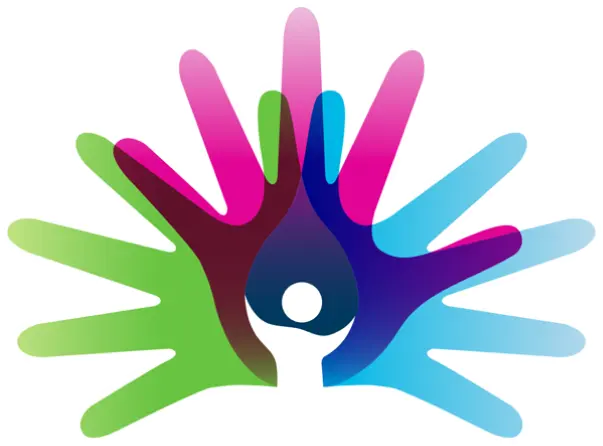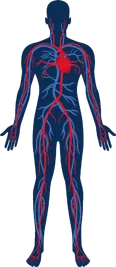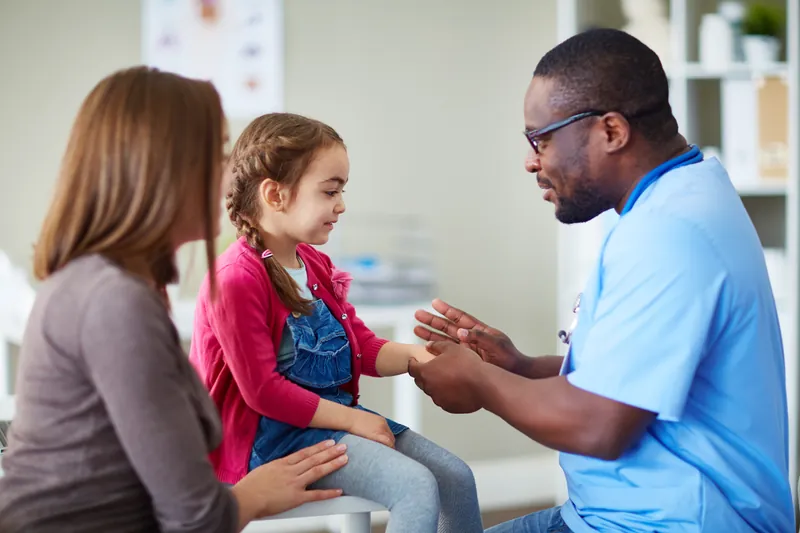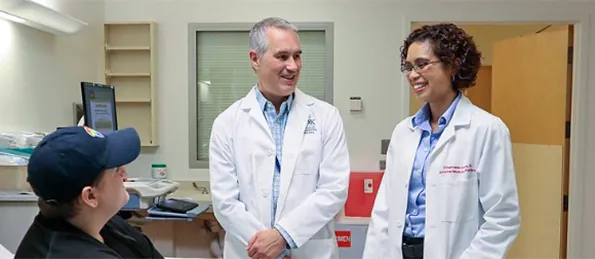- Home
- Browse by Disease
- Subcorneal pustular dermatosis
Subcorneal pustular dermatosis
- Other Names:
pustulosis subcornealis; sneddon-wilkinson disease; sneddon-wilkinson disease or syndrome; sneddon-wilkinson syndrome; subcorneal pustular dermatitispustulosis subcornealis; sneddon-wilkinson disease; sneddon-wilkinson disease or syndrome; sneddon-wilkinson syndrome; subcorneal pustular dermatitis
Read More
Read Less









